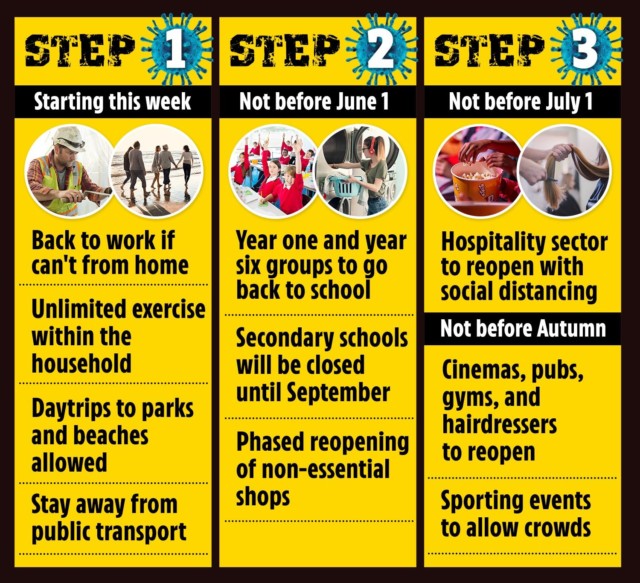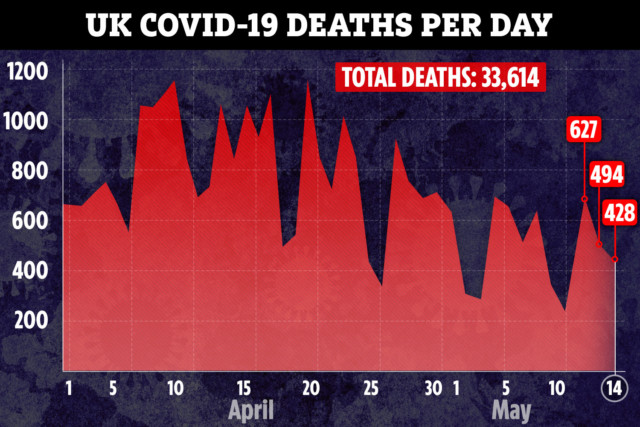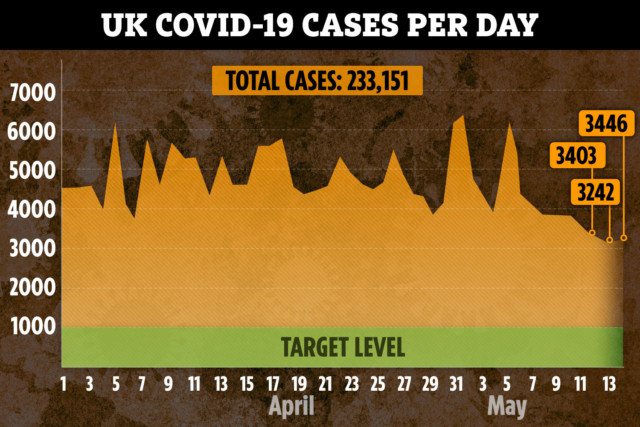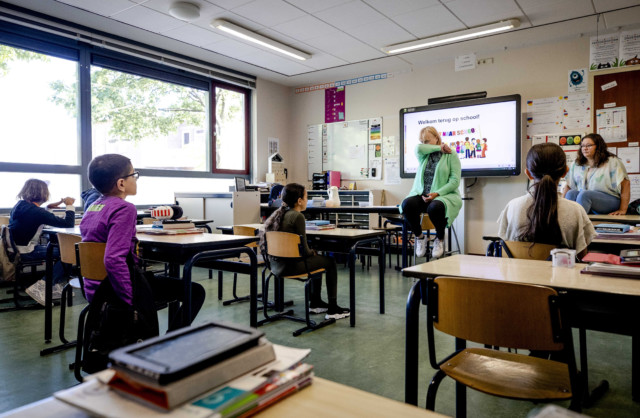MINISTERS have this afternoon published guidance on why they think schools ARE safe for kids to come back in June.
The Department for Education released several pages of documents laying out who should come in, and who should remain at home.
Unions and the Government are locked in a heated row over whether it’s safe for some pupils to return from June 1.
Ministers say that scientists have concluded it is safe to do so, and have produced reams of guidance to try and keep kids apart as much as possible.
Today unions met with scientists to discuss the key evidence.
Kevin Courtney, Joint General Secretary of the National Education Union, said afterwards: “We are pleased with today’s engagement, but very many questions that we asked were not addressed in the time available.
“We are pleased that Sir Patrick Vallance told the National Education Union that information and papers from SAGE would be published and that they will prioritise its release.”
The document released this afternoon summarises advice from the government’s Scientific Advisory Group for Emergencies (SAGE) and its Children’s Task and Finish Working Group.
The education advice stressed:
- There is a high degree of confidence that the severity of the virus in children is lower than in adults
- There is a moderate to high degree of confidence that the susceptibility to clinical disease of younger children (up to age 11 to 13) is lower than for adults
- There is no evidence to suggest that children transmit the virus any more than adults. Some studies suggest younger children may transmit less, but this evidence is mixed
Ministers have stressed they won’t reopen schools if the R rate goes above one and shows a higher transmission again.
Today’s documents say: “The transmission rate of coronavirus (COVID-19) has decreased and testing capacity has increased in preparation for the rollout of contact tracing.
“We anticipate that by the week commencing 1 June a greater number of children can return to education and childcare settings, provided that the five key tests set by Government justify the changes at the time, including that the rate of infection is decreasing.
“As a result, we are asking schools and childcare to plan on this basis.”

The guidance says that shielded kids who are considered “clinically extremely vulnerable” with multiple at risk health conditions should continue to learn from home.
It said: “We do not expect these children to be attending school or college, and they should continue to be supported at home as much as possible.”
If parents have a shielded or very vulnerable person in the home they should only go in if they can stay 2m apart from other staff and children.
The Department for Education also stressed that kids should be encouraged to minimise contact with other individuals as much as possible.
Children should be told to wash their hands more often and make sure they know the “catch it, kill it, bin it” phases well.
After school the classrooms should be deep cleaned using detergents and bleach.
The rules suggest that schools should be divided into small “bubbles” with a maximum of 15 in each class.


Anyone who develops coronavirus symptoms should order a test immediately, and the remainder of the bubble should isolate for a week if the result is positive.
When schools go back, any staff member or pupil will be eligible for a test if they need one.
But the guidance doesn’t say that PPE or masks will be necessary in schools.
And it says the UK is “is in line with other countries across Europe, who have begun to bring pre-school and school-age children back in a phased way and are focusing on primary schools and younger children”.
Kids in Denmark, France and other countries around the world have gone back into their classrooms in the past few weeks.









